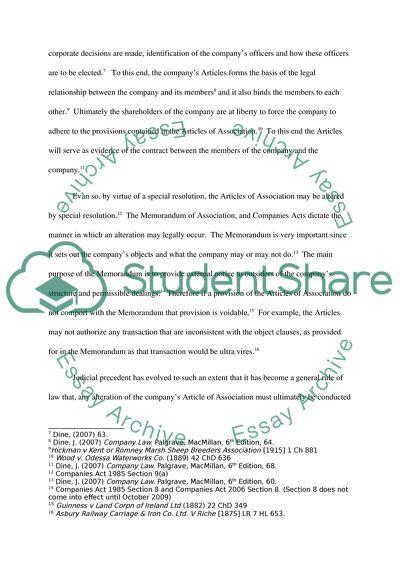Cite this document
(Company Law Coursework Example | Topics and Well Written Essays - 1500 words - 3, n.d.)
Company Law Coursework Example | Topics and Well Written Essays - 1500 words - 3. https://studentshare.org/law/1722059-company-law
Company Law Coursework Example | Topics and Well Written Essays - 1500 words - 3. https://studentshare.org/law/1722059-company-law
(Company Law Coursework Example | Topics and Well Written Essays - 1500 Words - 3)
Company Law Coursework Example | Topics and Well Written Essays - 1500 Words - 3. https://studentshare.org/law/1722059-company-law.
Company Law Coursework Example | Topics and Well Written Essays - 1500 Words - 3. https://studentshare.org/law/1722059-company-law.
“Company Law Coursework Example | Topics and Well Written Essays - 1500 Words - 3”. https://studentshare.org/law/1722059-company-law.


